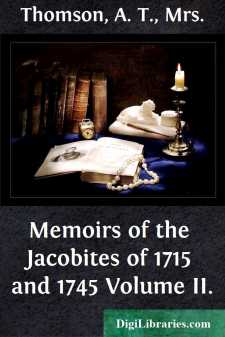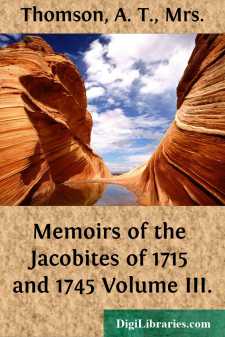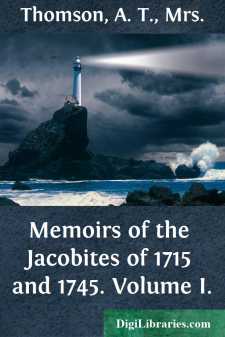Categories
- Antiques & Collectibles 13
- Architecture 36
- Art 48
- Bibles 22
- Biography & Autobiography 816
- Body, Mind & Spirit 145
- Business & Economics 28
- Children's Books 17
- Children's Fiction 14
- Computers 4
- Cooking 94
- Crafts & Hobbies 4
- Drama 346
- Education 58
- Family & Relationships 59
- Fiction 11834
- Foreign Language Study 3
- Games 19
- Gardening 17
- Health & Fitness 34
- History 1378
- House & Home 1
- Humor 147
- Juvenile Fiction 1873
- Juvenile Nonfiction 202
- Language Arts & Disciplines 89
- Law 16
- Literary Collections 686
- Literary Criticism 179
- Mathematics 13
- Medical 41
- Music 40
- Nature 179
- Non-Classifiable 1768
- Performing Arts 7
- Periodicals 1453
- Philosophy 66
- Photography 2
- Poetry 897
- Political Science 203
- Psychology 45
- Reference 154
- Religion 516
- Science 126
- Self-Help 85
- Social Science 82
- Sports & Recreation 34
- Study Aids 3
- Technology & Engineering 59
- Transportation 23
- Travel 463
- True Crime 29
Our website is made possible by displaying online advertisements to our visitors.
Please consider supporting us by disabling your ad blocker.
Memoirs of the Jacobites of 1715 and 1745 Volume II.
by: A. T. Thomson
Categories:
Description:
Excerpt
WILLIAM MAXWELL, EARL OF NITHISDALE.
Cook, sculp.COUNTESS OF NITHISDALE.FROM A DRAWING BY CHARLES KIRKPATRICK SHARPE, ESQ.
TAKEN FROM THE ORIGINAL PICTURE BY SIR GODFREY KNELLER AT TERREGLES.
It is happily remarked by the editor of the Culloden Papers, with regard to the devotion of many of the Highland clans to the exiled family of Stuart, that "it cannot be a subject requiring vindication; nor," adds the writer, "if it raise a glow on the face of their descendants, is it likely to be the blush of shame." The descendants of William Maxwell, Earl of Nithisdale, have reason to remember, with a proud interest, the determined and heroic affection which rescued their ancestor from prison, no less than the courage and fidelity which involved their chief in a perilous undertaking, and in a miserable captivity.
The first of that ancient race, who derived their surname from the Lordship of Maxwell, in the county of Dumfries, was Robert de Maxwell of Carlaverock, who, in 1314, was killed at the battle of Bannockburn, fighting under the banners of King James the Third. From that period until the seventeenth century, the house of Maxwell continued to enjoy signal proofs of royal favour; it was employed in important services and on high missions, extending its power and increasing its possessions by intermarriages with the richest and noblest families in Scotland. An enumeration of the honours and privileges enjoyed by this valiant race will show in how remarkable a degree it was favoured by the Stuarts, and how various and how forcible were the reasons which bound it to serve that generous and beloved race of Scottish monarchs.
Herbert, who succeeded John de Maxwell, was one of the Commissioners sent by Alexander the Second to England, to treat for a marriage with one of the daughters of that crown; and, having concluded the negotiation favourably, was endowed with the office of Lord Great Chamberlain of Scotland, which he held during his life-time, and which was afterwards bestowed on his son.
Eustace de Maxwell, in the time of Robert de Bruce, was among those patriots who adhered to the Scottish King. The Castle of Carlaverock, one of the most ancient possessions of the brave Maxwells, stands a memento, in its noble ruins, of the disinterested loyalty of its owners.
The remains of Carlaverock afford but a slight notion of its former strength. The importance of its situation is, however, undoubted. Situated on the south borders of the Nith, near to Glencapel Quay, it constituted a stronghold for the Scottish noble, who scarcely feared a siege within its walls, and when the army of Edward advanced to invest it, refused to surrender; "for the fortress was well furnished," says Grose, "with soldiers, engines, and provisions."
But this defiance was vain; after sustaining an assault, Carlaverock was obliged to capitulate; when the generosity of Edward's measures excited the admiration of all humane minds. The troops, only sixty in number, were taken into the King's service, as a token of his approval of their brave defence; they were then released, ransom free, and received each a new garment, as a gift from the King.
Carlaverock was, some time after, retaken by the Scotch, and Sir Eustace de Maxwell resumed his command over the garrison. It was again invested by King Edward; but, on this occasion, Eustace drove the English from the attack, and retained possession of the fortress.
Afterwards, of his own free will, he demolished the fortress, that no possession of his might favour the progress of the enemy. He was rewarded by several grants of lands, and twenty-two pounds in money.
In the fifteenth century, Herbert de Maxwell marrying a daughter of the Maxwells of Terregles (Terre Eglise), the son of that marriage was ennobled, and was dignified by the title of Lord de Maxwell. His successor perished at Flodden, but the grandson of the first Lord had a happier fortune, and was entrusted by James the Fifth to bring over Mary of Guise to Scotland, first marrying her as the King's proxy.
The house of Maxwell prospered until the reign of James the Sixth; by whom John, Lord Maxwell, was created Earl of Morton, and made Warden of the Marches: but a reverse of fortune ensued....




